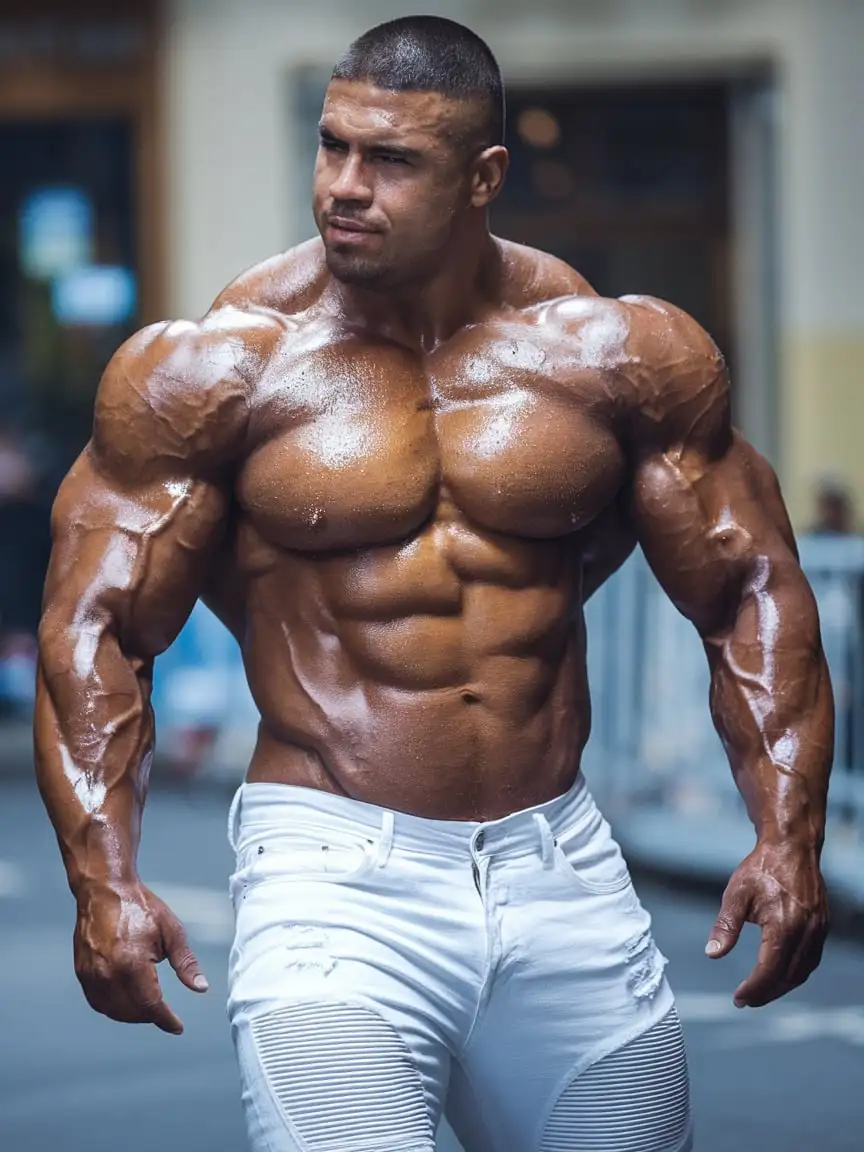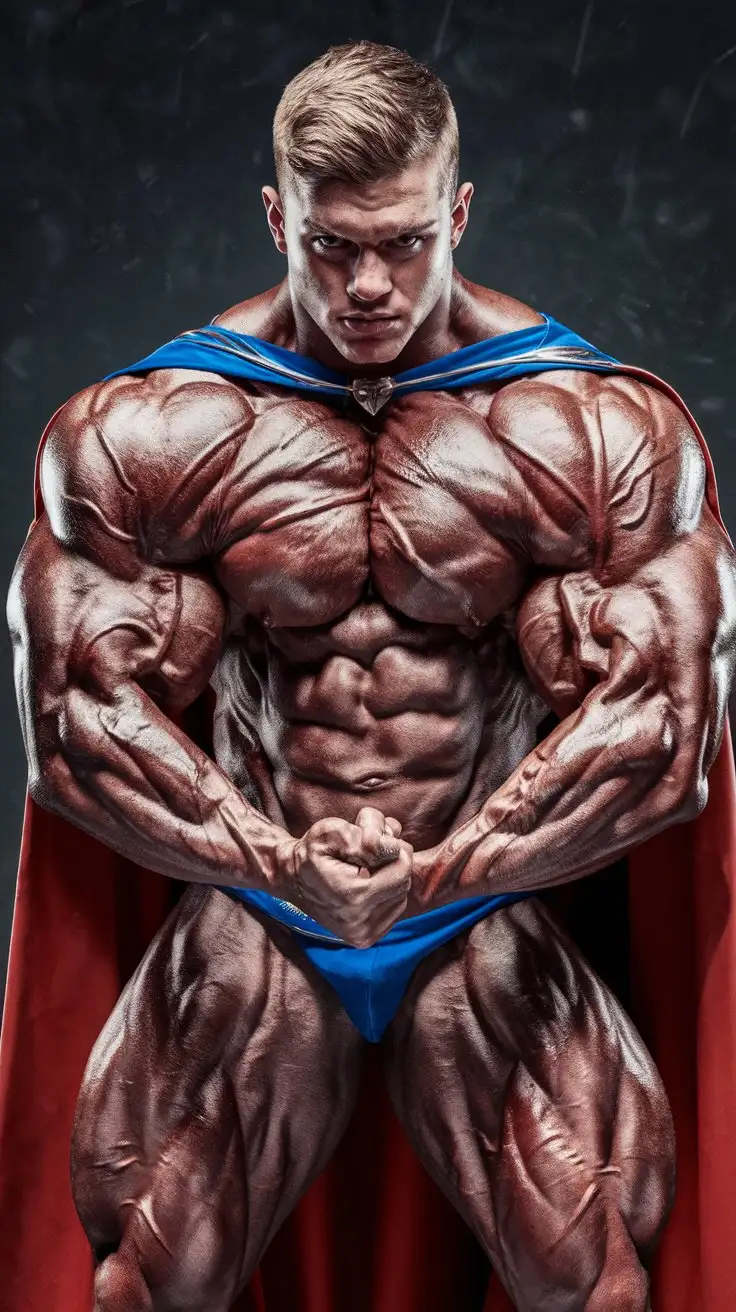Free Vascular Muscles Image Generator
Just imagine, and we'll instantly return a variety of personalized Vascular Muscles images—designed to bring your creativity to life! Generated by
- 4:3
- 3:4
- 1:1

image.state.default



Vascular muscles refer to the smooth muscle tissue found in the walls of blood vessels, particularly arteries and veins. These muscles play a critical role in regulating blood pressure and controlling the flow of blood through vasoconstriction and vasodilation. Their unique ability to contract and relax in response to the body's needs ensures proper circulation and oxygen delivery to tissues. In the context of AI-generated imagery, vascular muscles are often depicted in medical illustrations, anatomical diagrams, and educational visuals to help audiences better understand human physiology.
Understanding Vascular Muscles: Definition and Background
Images of vascular muscles have important applications in the fields of medicine, education, and research. In medical settings, detailed anatomical illustrations can aid doctors, surgeons, and students in studying the human vascular system, preparing for surgeries, or explaining complex concepts to patients. For educators, AI-generated images of vascular muscles serve as valuable teaching tools for courses in biology, physiology, and healthcare. By offering high-resolution visuals, these images enhance understanding and engagement in both classroom and clinical environments.
Applications of Vascular Muscle Imagery in Medicine and Education
Vascular muscle imagery comes in various artistic styles, each suited for different purposes. Realistic medical illustrations accurately depict the structure and function of vascular muscles for use in textbooks and clinical guides. 3D models provide a more interactive view, allowing users to explore muscle layers and vascular connections in depth. Vector art, on the other hand, is often used in educational resources due to its clean lines and adaptability for digital content, such as presentations or infographics. This variety ensures that users can find the perfect image for their specific needs.
Different Styles of Vascular Muscle Imagery: From Realism to Vector Art
With advancements in AI technology, creating customized images of vascular muscles has never been easier. On this platform, users can browse through hundreds of pre-generated images and then refine or adjust the prompt using the 'open in editor' feature to produce a more tailored result. Whether you're looking for a specific angle, color scheme, or level of detail, AI tools enable you to regenerate and download the perfect image. This flexibility is especially useful for professionals in healthcare, education, or any field requiring precise visual content.
How to Use AI to Create Customized Vascular Muscle Images